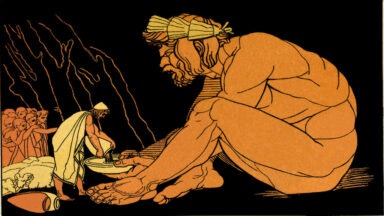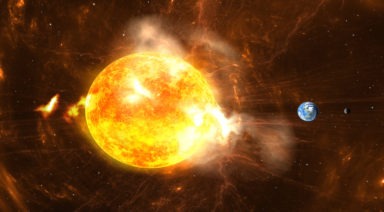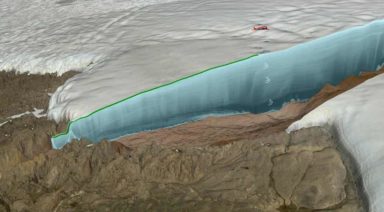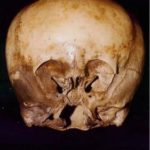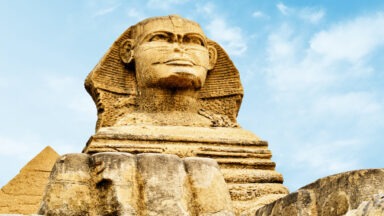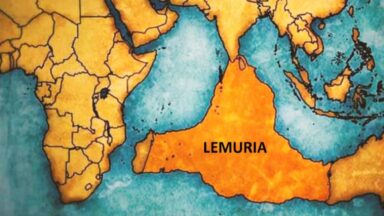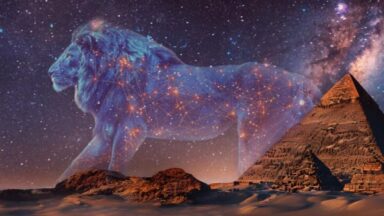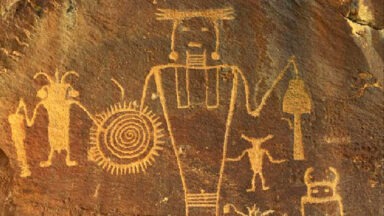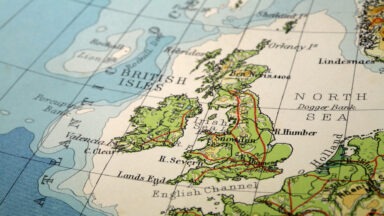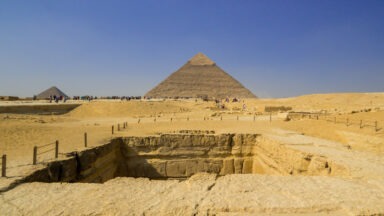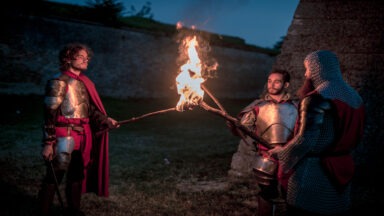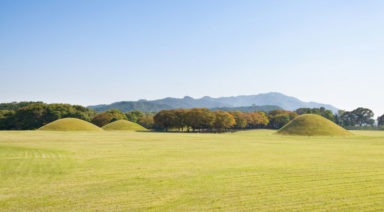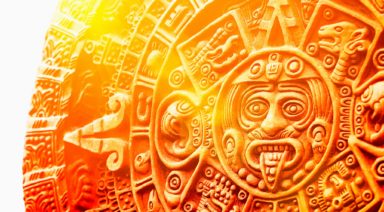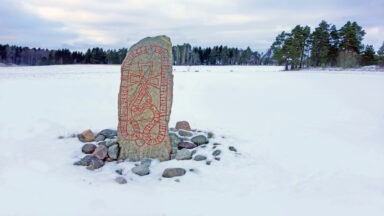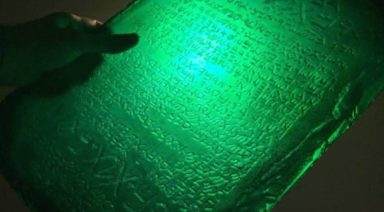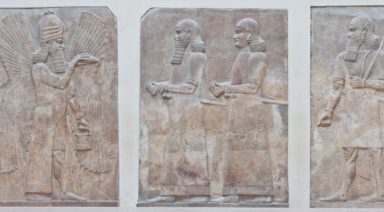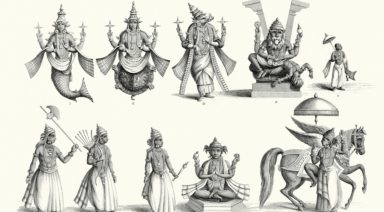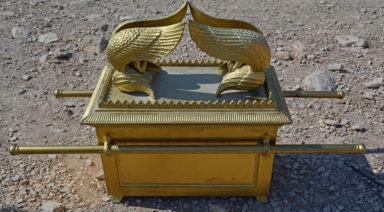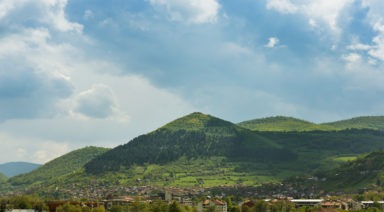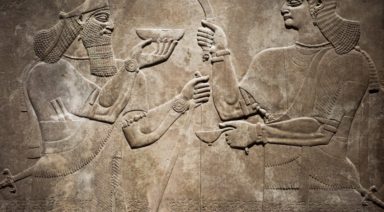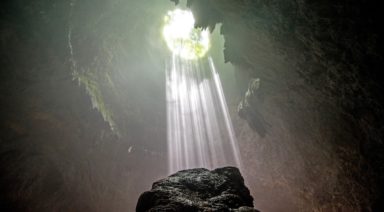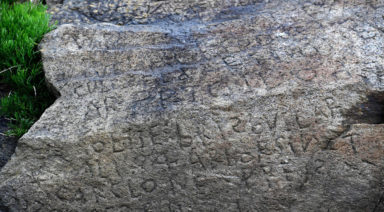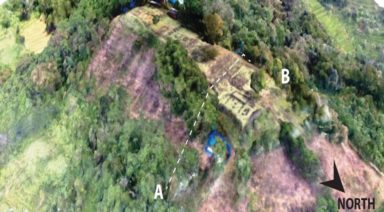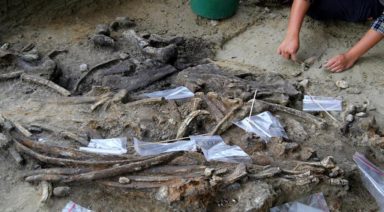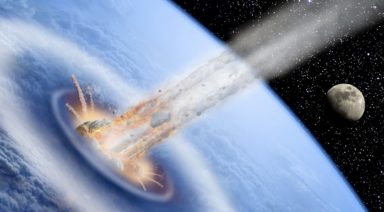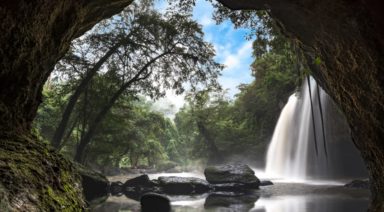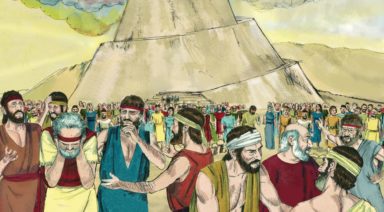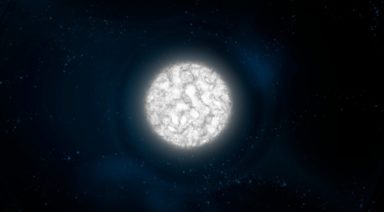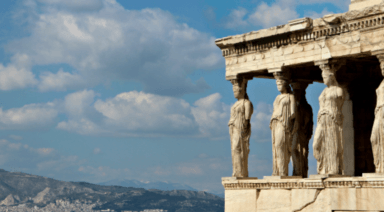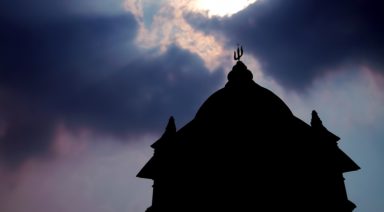Ireland’s Newgrange Tomb; A Megalithic Hub of Mystical Curiosity
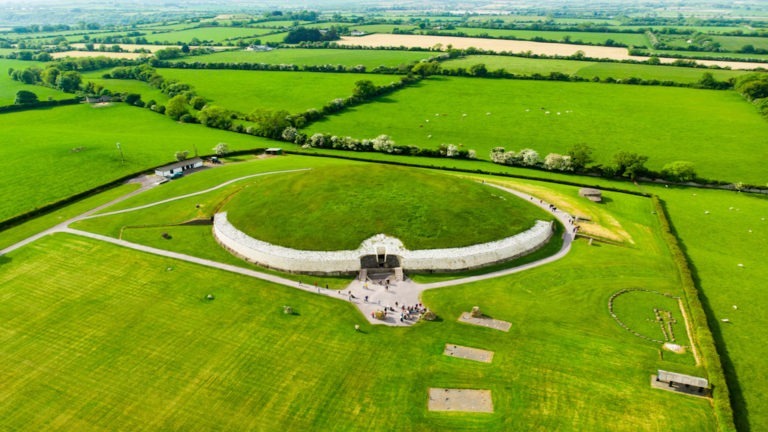
Built 5200 years ago, and during the Neolithic period (tail end of the Stone Age), the Newgrange megalithic tomb was constructed with alternating layers of dirt and rock and infused with the mystical curiosities. This earthen temple is 600 years older than Egypt’s Giza Pyramids and 1000 years older than Stonehenge. The building of Newgrange is a remarkable architectural feat. And some say it’s within one of the most popular flight paths for UFOs.
With a mesmerizing entrance stone, the Newgrange passage and tomb are adorned with beautiful circles, spirals, and radials. While the purpose of this ancient art appears to be decorative, many spiritually-minded scholars believe these etchings to be energy-creating emblems or metaphoric icons that relate to the sun, moon, and stars.
Healers and empaths say that Newgrange has an etheric quality to it, with remnants of energetic bodies no longer living in this physical reality. They believe the site to be a reservoir of healing energy for all walks of life.
Residents of the nearby Laytown say that unusual objects have been crisscrossing the night sky for as long as they can remember. More recently, unexplained crop circles have been appearing in neighboring areas. It seems the Gods are restless and trying to communicate.
Irish mythology might hold some of the secrets of Newgrange. Legend has it that the Tuatha Dé Danann, Gaelic for “People of the Goddess Danu,” are a supernatural race within whose ranks exist a pantheon of pre-Christian deities. Having lost a monumental battle to the righteous ancestors of today’s Irish, these otherworldly spirits became elusive, which is why they are now known as the “Aos Sí” or “fairies.” These light beings are fierce guardians of their homes. They are still accessible, helpful, and relied-upon today.
Known to the ancients as “Síd in Broga” and “Brug Mac ind Óc,” Newgrange is Ireland’s most remarkable and famous prehistoric monument.
Who Built Newgrange?
Gaelic mythology tells us that the original Irish race (the “Milesians”) traveled to Ireland from Hispania. Hispania included Andorra, Portugal and Spain, and the British Crown colony of Gibraltar. When they arrived, they set their sites on defeating the powerful Tuatha Dé Danann.
In the final throws of battle, the two warring parties agreed to divide Ireland between them. The Milesians took the physical world atop the earth’s crust, and the Tuatha Dé Danann were awarded the worlds and realms below, also known as, “The Underworld.” As time unfolded, the Tuath Dé became the worshiped, pagan gods of Ireland, still adored today.
This suggests that the Tuatha Dé were the builders of Newgrange. They were known to be inventive farmers and passionate astronomers. They built a mound that’s 93 yards in diameter, 15 yards high, and covering an area of about 1 acre. Newgrange houses a passage that measures 21 yards which leads into a chamber consisting of 3 alcoves, all of which are perfectly aligned with the rising sun.
This UNESCO World Heritage Site is surrounded by 97 massive kerbstones, some of which are decorated with enchanted engravings. Some say that the Newgrange stones can be used for healing and connecting with other realms.
Newgrange is part of a massive collection of sites that includes the Knowth (largest) and Dowth monuments, along with 35 smaller mounds. Visitors can access this ancient multiplex, known as “Brug na Bóinne,” via the visitor’s center of the same name.
What was the purpose of the megalithic tombs at Newgrange?
Archeologists classify Newgrange Ireland as a tomb with passageways. Meanwhile, many intuitives, spiritual seekers, and researchers believe the site to be an ancient temple, one filled with mystery.
Not only was Newgrange of ceremonial importance, but it was also a portal built with energetic and astrological principles in mind. The site was a place a worship, prominence, and authority, akin to a mother church or cathedral. It accommodated many influential political and religious leaders would seek out light, magic, and blessings, and declare the spot for their final resting place.
Excavations of the site have revealed remnants of burned, human bones, indicating that at least a few human beings were first cremated and then buried here. While burial may have been one of the general uses of the site, it seems more likely that the predominant activity at Newgrange was the practicing of an astronomy-based faith. Some maintain that the Newgrange community were members of a cult focused on the deceased.
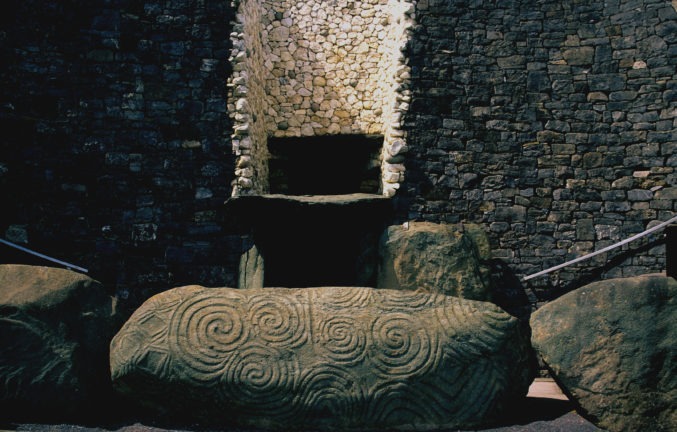
Megalithic passage tomb at Newgrange
Winter Solstice and Newgrange
The architects of Newgrange understood astronomy, as demonstrated during the Winter Solstice. This is when the rising sun illuminates the temple’s long passageway, into the primary, central chamber. The top box or roof box that rests above the main entrance is the lens through which the sun pours. Also notable is the presence of the Aurora Borealis, which hovered above Newgrange on Dec. 20th, 2015.
Whether or not you’re a believer, most visitors to Newgrange beliefe that the site provides a divine connection to pagan royalty and deities. Even the original monks who farmed the grange in its early history believed the site’s mythologies to be equal in truth and power to the tenets of their Christian faith.
If you’d like to tour Newgrange, you can visit the Brú na Bóinne Visitor Centre and hop on a 24-person shuttle bus. To experience the site’s Winter Solstice phenomenon, you can enter their annual lottery. Every year between December 18 and 23rd, 12 people are permitted to enter the temple’s holy chambers.
Every year, local school children draw the 50 lucky names by hand. A reserve list is also drawn. Visitors who are not on these lists are welcome to stand outside the monument during the immersion of the Winter Solstice morning light.
You can enter the lottery by filling out an application on the Brú na Bóinne website. Over 30,000 people applied in 2019. These magic seats are not transferable for any reason.
Lugh: The Warrior-King of Newgrange
It appears that the spiritual father of Newgrange’s otherworld was Lugh Lámhfada, or “Lugh of the Long Arm,” named as such for his unmatched fighting abilities and spearing skills. Lugh, often equated with the Roman God, Mercury, was a member of the Tuatha Dé Danann, sometimes referred to as their most potent ruler and savior.
Legend has it that Lugh and his mystical family are buried at Newgrange. Dagda Mór and his three sons are also believed to be entombed at this holy temple.
Newgrange has always been a special place. Even if you don’t subscribe to its mythology, historical records show that Newgrange once had endless supplies of ale and several abundant fruit trees. It was most likely a haven for regular community events, feasts, and celebrations. To connect with your ancient allies and some of the most potent pagan deities, call on Lugh and the Tuatha Dé at Newgrange.
Who Were the Ancient Race of Red Haired Giants?
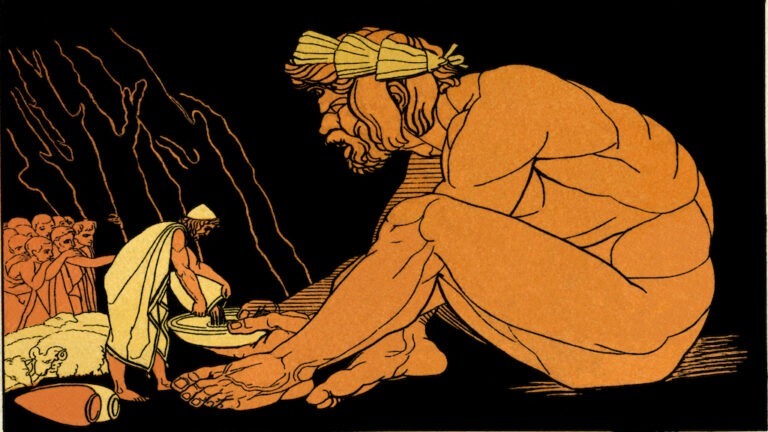
Legends of giants exist around the world and some say they have even found evidence, but mainstream science dismisses giants as a hoax. Is it time for a fresh look at ancient giants?
Giants have been dismissed by science and archeology as a myth but are embraced by many cultures around the world. Globally, there are even structures that would fit the giant narrative, but perhaps most importantly, oral histories, folklore, and even scripture mention giants.
Jack Cary, researcher and author of “Paranormal Planet” has studied this phenomenon for years.
“Indigenous people throughout the entire planet have these oral histories of red-haired giants. And there are a lot of indications and clues as to who the giants were and where they originated,” Cary said.
“One of the most important is Genesis 6:4 in which it describes that the Nephilim were on Earth, they had children by human women, these children were giants…”



